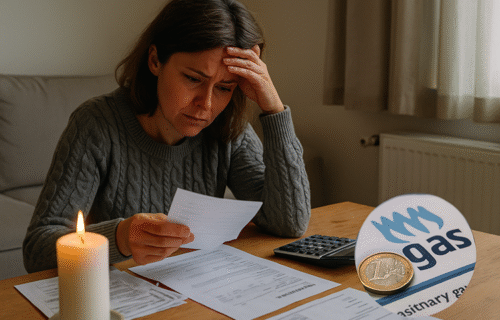Across the European Union, the start of 2025 has brought mixed signals for household budgets. New Eurostat figures show that while gas and electricity prices have edged down from last year’s peaks, many families continue to struggle with overall living costs.
In the first half of 2025, gas prices for households fell by just over eight percent compared to late 2024, marking the sharpest decline since the energy crisis began to subside. Electricity bills also dipped slightly, but only marginally, and taxes now make up a larger share of final prices than before. That means the benefits of lower wholesale costs are not always reaching consumers in full.
The differences between member states remain striking. Sweden continues to record the highest household gas prices, while Hungary enjoys the lowest. For electricity, German consumers pay among the most in Europe, whereas households in Malta and Bulgaria face some of the lowest rates.
For non-residential users such as factories and offices, electricity and gas prices have stabilised, bringing modest relief to business energy costs after several turbulent years. Yet rising tax components and the gradual withdrawal of government subsidies could limit these gains.
At the same time, the broader financial picture for European households remains fragile. Survey data for 2024 show that more than four in ten EU households still found it difficult to make ends meet. Although this is a slight improvement from the year before, it underscores that many families have yet to recover fully from the combined impact of inflation, high rents, and elevated energy bills.
In countries across Central and Eastern Europe — including Poland, Romania, Hungary, and Czechia — household energy costs remain a major concern, particularly in lower-income regions where purchasing power lags the EU average. Even as governments scale back crisis-era subsidies, households in these areas remain highly sensitive to small changes in energy tariffs or taxes.
For policymakers, the latest figures highlight the fine balance between fiscal restraint and social protection. Energy costs may be cooling, but the persistent strain on household budgets shows that the broader cost-of-living challenge across Europe is far from over.
Source: Eurostat
